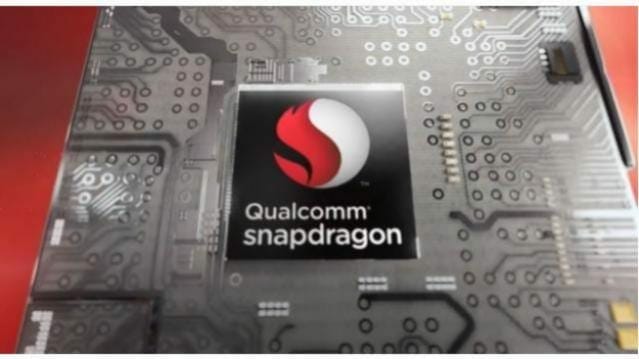Qualcomm the famous company has yet another monster on its side this year. Qualcomm unveils the Snapdragon 808 and 810 that will be powering a number of next year’s high (mostly flagships) and mid-range phones. The snapdragon 808 and 810 bring performance improvements in processor routine, 3D execution and LTE.
Both have the same 64-bit architecture. Keeping in mind that are not the first 64-bit processors by Qualcomm, 410, 610 and 615 come in line first. They use ARM Cortex A5x CPU, as a replacement for the Qualcomm designed Kraits. They clout the big. LITTLE manner, comparable to the Samsung designed quad and hexa-core chipsets.
Snapdragon 808:
This one an A57/A53 combo. The Snapdragon 808 is a hexa-core processor – two Cortex-A57 cores and four Cortex-A53 cores. Known the recital benefits of the new core, the Snapdragon 808 should not be less than anything the current quad-A15 designs.
The Snapdragon 808 uses a novel GPU too, the Adreno 418. It slots under the Adreno 420 found in the Snapdragon 805, with 30% enhanced performance than the Adreno 330. This chipset has a 64-bit memory bus to LPDDR3-933 RAM. That’s 1,866MHz data rate and 15GB/s bandwidth. Woah! The chipset also has an ISP that can decode H265/HEVC but not encode it.
Snapdragon 810:
Now let’s come to the next big thing! The Qualcomm Snapdragon 810. The 810 replaces the 805 as the monster of Qualcomm. It features four Cortex-A57 and four Cortex-A53 processor cores. Therefore it is a hexa-core processor. The A57 should offer a 25-55% increase in performance. But it will also take 20% more of your power. Although this power consumption should not be a problem by a due to the difference of the 20mm architecture rather than the 28mm.
In terms of GPU, the Snapdragon 810 packs a brand new Adreno 430, which is expected to be 30% faster than the Adreno 420. In the end it results a total of 80% faster than the current generation.
The 810 has a 64-bit bus to LPDDR-1600 RAM, that’s 3,200MHz data rate and 25.6GB/s bandwidth.
Both chipsets are expected to be available in 2015.

